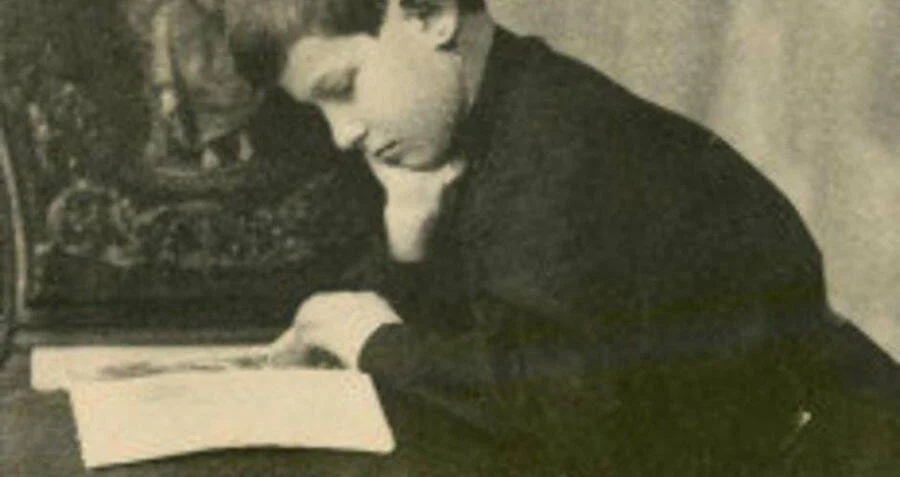William James Sidis was an American child prodigy and probably the smartest man in history, with an IQ estimated between the range of 250-300. He displayed remarkable cognitive abilities from a very young age and started reading at two. By the age of eight, Sidis had already mastered several languages, including Latin, Greek, Russian, French, German, and Hebrew. He enrolled at Harvard University at the age of 11, making him one of the youngest students ever admitted to the prestigious institution.
Despite his prodigious intellect, Sidis faced challenges in adapting to the social and academic environment of Harvard. He encountered media attention, which sometimes portrayed him in a sensationalized manner. After completing his studies at Harvard, Sidis pursued various interests, including mathematics, writing, and social activism. Later on, He sought a more private and reclusive lifestyle, distancing himself from the public eye until he passed away at the of 46.
Bio Data
| Full Name | William James Sidis |
| Date of Birth | April 1, 1898 |
| Gender | Male |
| Career | Mathematician |
| Nationality | American |
Biography
William James Sidis was born on April 1, 1898, in New York City. His father, Boris Sidis was a psychiatrist, who had published many books and articles, performing pioneering work in abnormal psychology. His mother, Sarah Sidis, was a Boston University alumni, who graduated from the University’s School of Medicine in 1897.
William was raised in a precocious manner, nurturing his love for knowledge. By eighteen months old, he was able to read the New York Times and was able to speak eight languages, including Latin, Greek, and Russian among others at the age of eight. He enrolled at Harvard University at the age of 11, making him one of the youngest students ever admitted to the institution.
While at Harvard, Sidis lectured to the Harvard Mathematical Club on four-dimensional bodies, attracting nationwide attention. He was adored and praised by his peers and professors, one of whom believed that Sidis would be a great astronomical mathematician and leader in future scientific endeavors. Sidis earned his Bachelor of Arts degree, cum laude, on June 18, 1914, at age 16.
Shortly after graduation, Sidis told reporters: “I want to live the perfect life. The only way to live the perfect life is to live it in seclusion”. He continued his academic endeavors enrolling at Harvard Graduate School of Arts and Sciences.
Teaching Career and Arrest
William James Sidis continued teaching at Harvard after graduating, he was however physically threatened by some of the students, leading his parents to secure him a job at Rice University in Houston, Texas, as a mathematics teaching assistant. He arrived at Rice in December 1915 at age 17. He was a graduate fellow working toward his doctorate.
While at Rice University, Sidis taught geometry and freshman math. In less than a year, he left the job frustrated with the teaching requirements, and how he was treated by students older than himself. He also abandoned his pursuit of a graduate degree in mathematics and enrolled at Harvard Law School, but withdrew in good standing in his final year.
In 1919, shortly after his withdrawal from law school, Sidis was arrested for participating in a socialist May Day parade in Boston that turned violent. He was sentenced to 18 months in prison. His arrest featured prominently in newspapers, as his early graduation from Harvard had garnered considerable local celebrity status.
During the trial, Sidis said he had been a conscientious objector to the World War I draft, was a socialist, and did not believe in a god like the “big boss of the Christians”, but rather in something that is in a way apart from a human being. He later developed his libertarian philosophy based on individual rights and “the American social continuity”
Withdrawal From Public Life and Works
After his arrest and trial, Sidis was determined to live an independent and private life. He only took work running adding machines or other fairly menial tasks. He worked in New York City and became estranged from his parents. He obsessively collected streetcar transfers, wrote self-published periodicals, and taught small circles of interested friends his version of American history.
William James Sidis’ writing covered a broad range of subjects. He wrote about cosmology, Native American history, and rail transportation, and invented a language called Vendergood. In 1935, he wrote an unpublished manuscript, The Tribes and the States, which traces Native American contributions to American democracy.
Before that, he had published The Animate and the Inanimate (1925), where he predicted the existence of regions of space where the second law of thermodynamics operates in the reverse temporal direction of our local area. He also wrote a treatise on streetcar transfers, Notes on the Collection of Transfers, that identified means of increasing public transport usage.
For his work on street car transfer, Sidis was invited to speak at the inaugural “genius meeting” in 1926, hosted by Winifred Sackville Stoner’s League for Fostering Genius in Tuckahoe, New York. He died of a cerebral hemorrhage in 1944 in Boston at age 46.




